
Those of you who have been around me or this blog for the past few years know that I’m a fan of tech, green energy, electric vehicles, and of course solar power. At the end of 2019, I went solar and documented it here. My electric bill dropped by more than half and I’ve been very happy with my system. No complaints. It just works! However, there was something that I knew I would ultimately want to complete the system and I mentioned it back then. battery storage!
A solar system without battery storage will only go so far
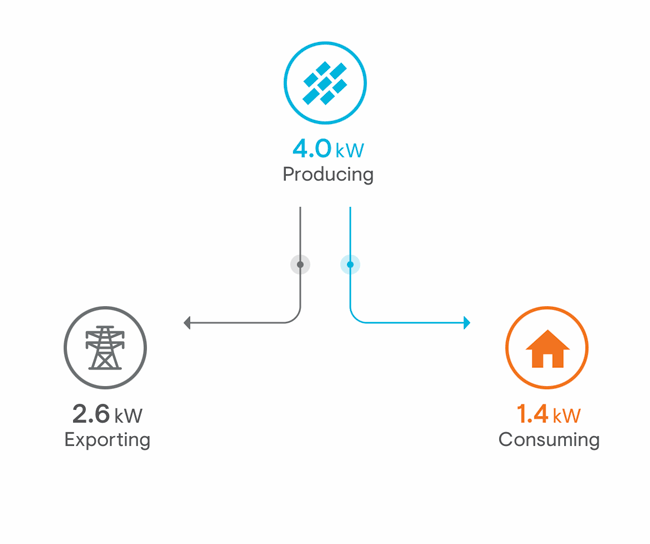
Adding solar panels to your home will almost immediately start paying off by reducing or even eliminating the power you need from the grid. That’s the upside! However, unless your system is PERFECTLY designed to match your energy needs AND you’re on a Net Metering Plan, you’re going to either overproduce or underproduce power. There will be times throughout the day when you may even be doing both.
For example, let’s say it’s an extremely sunny day and nobody is home. That means that your system is likely producing more power than your home is consuming at that moment. Where does that excess energy go? Back to the grid. Depending on your power company you may or may not be able to take advantage of that excess power. You’d have to check to see if your power company offers Net Metering.
What’s Net Metering?
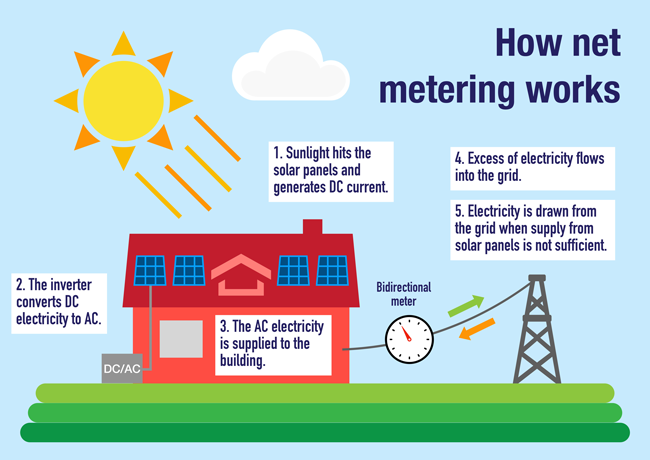
Net metering (or net energy metering, NEM) is an electricity billing mechanism that allows consumers who generate some or all of their own electricity to use that electricity anytime, instead of when it is generated. This is particularly important with renewable energy sources like wind and solar, which are non-dispatchable (when not coupled to storage). Monthly net metering allows consumers to use solar power generated during the day at night, or wind from a windy day later in the month. Annual net metering rolls over a net kilowatt-hour (kWh) credit to the following month, allowing solar power that was generated in July to be used in December, or wind power from March to August.
If you can take advantage of Net Metering then generating more power than you use isn’t a big deal from a financial standpoint. It will work out on the bill.
What happens when Net Metering is not offered?
If Net Metering isn’t offered (and it isn’t offered by my power company). then your power company may simply pay you for the energy you send back to the grid. The problem with this is that the amount they pay you is pennies on the dollar compared to what they charged you for the electricity you use. Therefore, if you don’t have Net Metering you shouldn’t build a system that will constantly overproduce UNLESS you add battery storage!
Battery Storage offers two big advantages
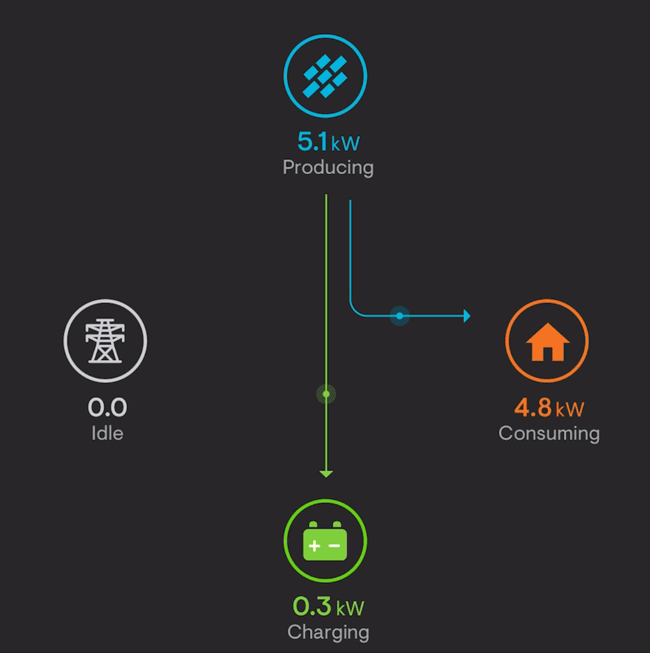
The first advantage is that once you add battery storage to your system, any excess power that is generated by your panels is sent to the batteries instead of the grid. This means that your home will then use this power during times of low or no solar production.
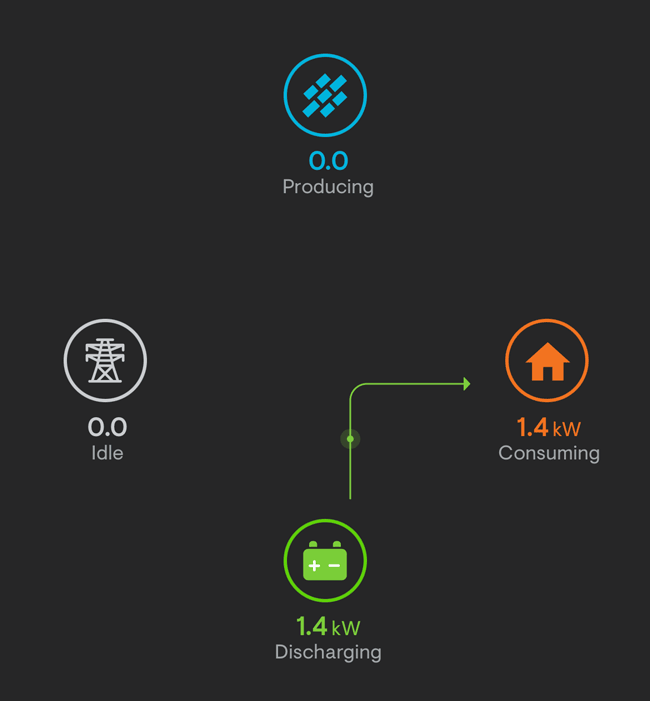
The second advantage is that the batteries act as a power backup during grid outages. They are even smart enough (since they’re connected to the internet) to respond to weather alerts by automatically charging the batteries to 100% in anticipation of an upcoming storm. Believe it or not, if you don’t have battery storage that even on a bright sunny day if the grid goes down, so does your home. This is because power companies don’t want their line personnel in danger of electrocution from the energy that your solar system may send back to the grid while they’re working on the outage. With battery storage, the power to your home is coming from the battery during an outage and nothing is going to the grid. Also unlike a generator, the switch over from grid to battery during an outage takes a millisecond. You would never know the grid was down. You set a minimum reserve percentage of storage so that you always have that amount for unexpected outages. The default is 30%.
(NOTE: Enphase’s new IQ8 Microinverters can create a self-contained grid to power your home from the sun even during a power outage with no storage. There are limits though. It would only supply as much power as your panels can produce during an outage and shut off once the sun goes down.)
What system did I go with and how does it all work?
I placed an order on August 3, 2020, for two Tesla Powerwalls. I like the design of the Powerwalls and they offer about the best price/performance ratio of all the solutions out there. I would have loved to have ordered these from Better Tomorrow Solar (a really great company), the same company that installed my solar panels, but alas Better Tomorrow Solar wasn’t yet certified to sell Powerwalls (they are now!). My research led me to Creative Solar and my order was placed. This was a time that Tesla simply couldn’t keep up with the demand. I tried waiting, but ultimately gave up and switched my order to Enphase IQ Batteries on May 20, 2021. Better Tomorrow Solar does sell Enphase batteries, but I had already put down a deposit with Creative Solar, so I stuck with them.
The reason I chose Enphase is that my solar inverters are also Enphase (IQ7+). At the time this was an even better fit than Tesla Powerwalls because the Enphase batteries would talk directly with my Enphase solar inverters and provide a few more benefits.
The wait continued….
My two Enphase IQ 10‘s just got installed on June 22, 2022. That’s almost two years of waiting due to supply chain issues.
Let’s go through the system and the way it works in all the different scenarios
It’s a sunny day!

The solar panels either produce enough to run the house or overproduce to also charge the batteries. Yay! – little to no grid use
The sun goes down

The batteries kick in and power the home until they are drained down to the reserve percentage. – little to no grid use
The sun is gone AND the batteries are down to the reserve amount
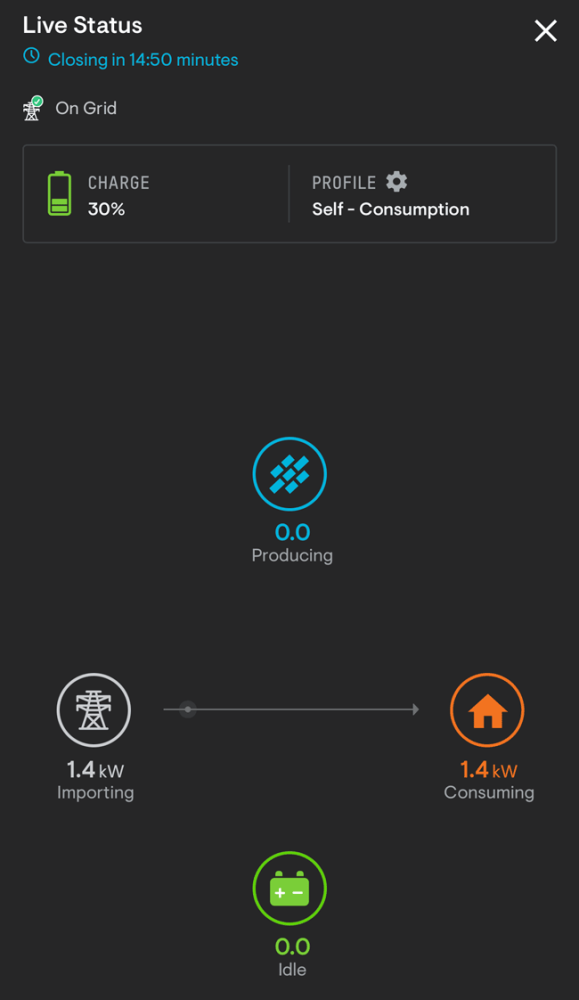
The grid powers the home until the sun comes back up.
The solar panels are not producing enough to power the home
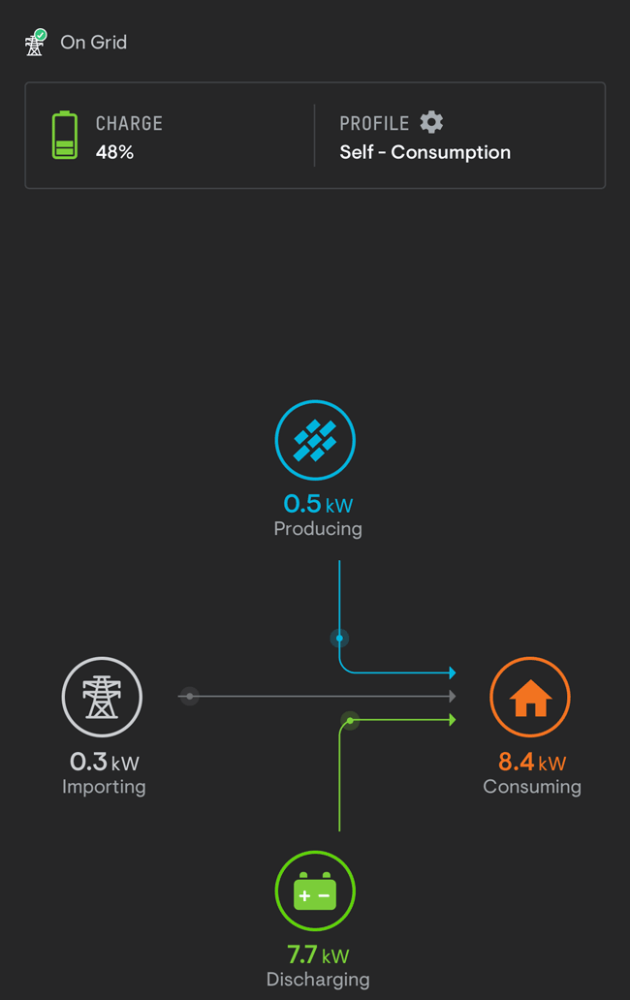
The power comes from the solar panels, the batteries, and the grid if necessary.
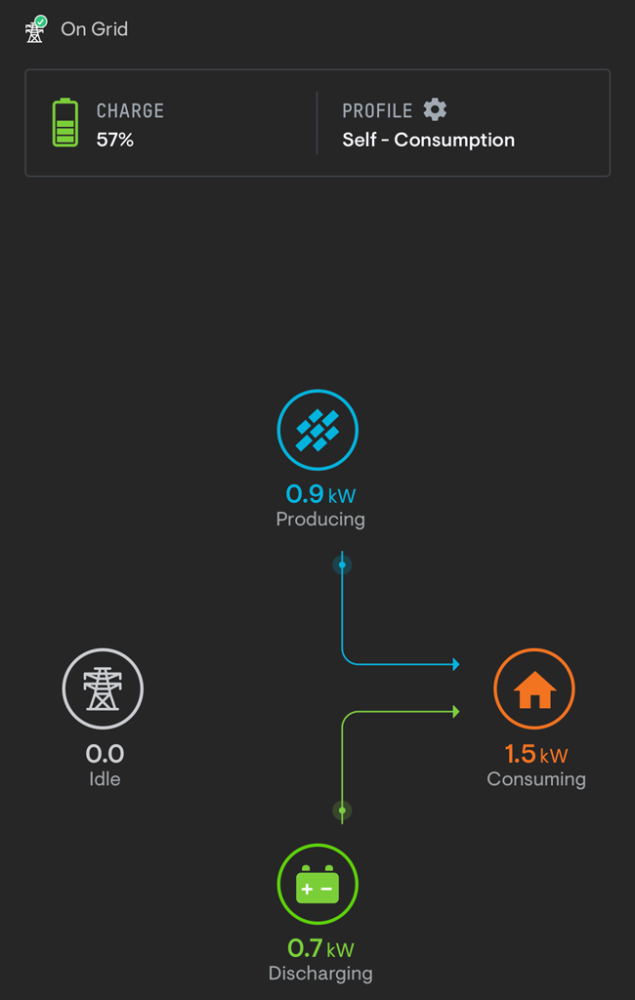
There’s a severe storm coming
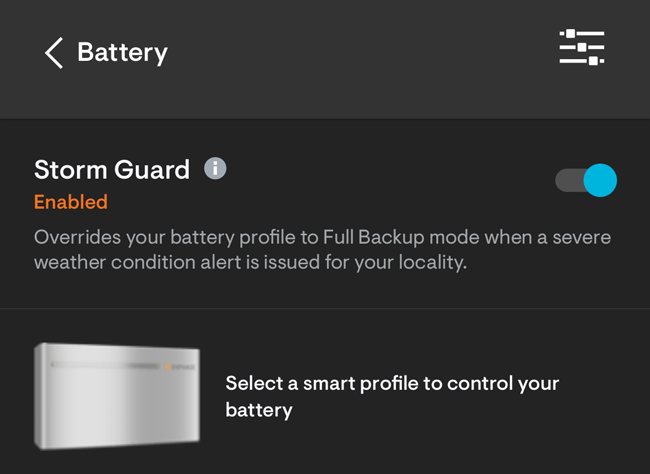
Enphase has a feature called “Storm Guard.” The system switches to the 100% Backup Profile. Solar production goes straight to the battery and OPTIONALLY you can turn on a feature that will also charge the batteries from the grid.
There’s a power outage and the sun is up

If there is enough solar production and you have the latest IQ8 microinverters, the house is powered by the solar panels, and if not it’s powered by the panels and or the batteries. If you have the older microinverters like my IQ7+s then your house will only be powered by the batteries.
There’s a power outage and the sun is down
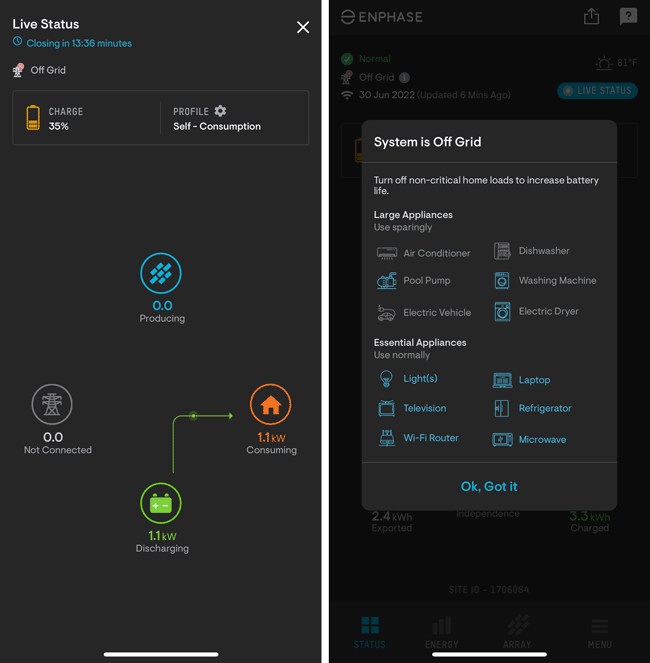
The house is powered by the batteries.
All of the scenarios above are completely managed by the system. There’s nothing you need to do but enjoy your system.
Now for a few “What Ifs”
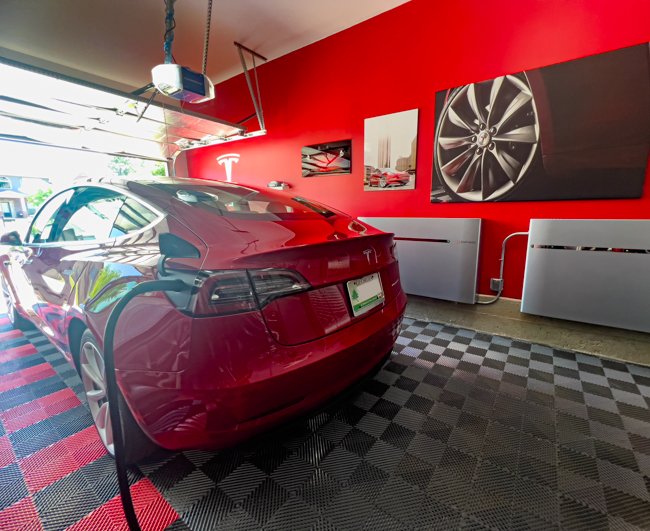
What if the sun is down and the outage is prolonged? Once the batteries are drained and there is no sun or grid, you go dark like the rest of your neighbors.
What if the batteries are full and your system is still producing more than the home needs? Any excess power is sent back to the grid.
Why not just get a generator? It’s much cheaper than battery storage.
I had a whole house natural gas generator when I lived in Michigan and it was GREAT the one time the power was down for 3 days. With a generator, it just sits there 99% of the time doing nothing if there is no power outage.
My power goes out a lot and for multiple days, will batteries work for me?
It would depend on the size of your system vs. the amount of power you use. I have an 8.2 kW solar array and 20 kW of battery storage. The solar produces enough by itself even when one AC is on to run my home. If both ACs are on then solar doesn’t produce enough and power either comes from what’s stored in the batteries or the grid. To solve this and be able to run both ACs on solar, I’d need to add more panels to produce more power. During a power outage, I can control whether or not or for how long I run the AC. Less AC means that my house would stay up much much longer on batteries. Since I haven’t had a prolonged outage (we rarely have outages that last more than a few minutes), I haven’t seen how long the batteries would last on a 100% charge. For outages that last for days, you’d want enough battery storage to power your home for at least 16 hours/or long enough for the sun to come back up.
It’s been cloudy for days due to rain, but nothing serious enough to cause a weather alert. What now?
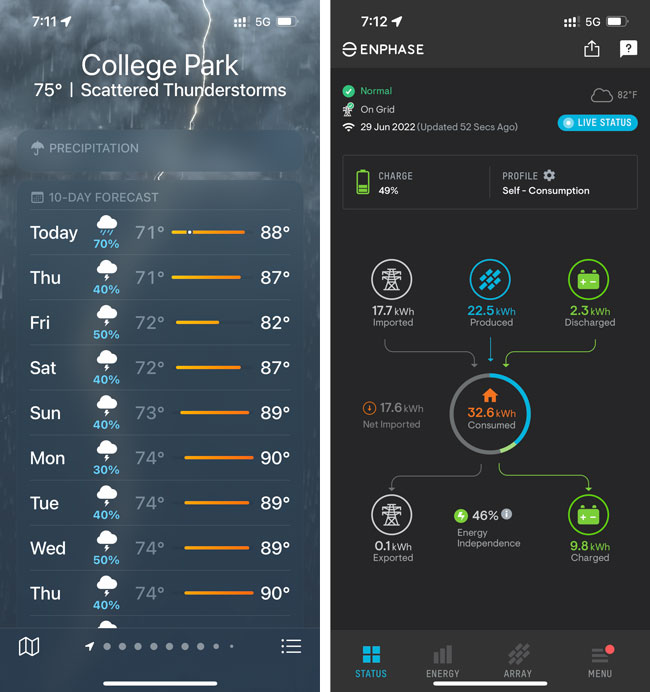
Believe it or not, it doesn’t have to be sunny for the system to produce power. It just won’t be as much power as it would be on a sunny day. Think of it this way, on a cloudy day don’t you still see daylight? The panels still get sun too. Here’s an example, for about 10 days we are expected to see any sun here in the Atlanta area:
Can I use a generator too?
Actually, I was pleasantly surprised that Enphase added generator support to their system for those that have prolonged outages. You can use a generator to seamlessly recharge the batteries during a prolonged outage. The generator would kick on when the batteries are at a level you specify and turn off once the battery is charged back up. You would never know the power was out the entire time.
Can I add to the system if it’s not big enough to run my house?
Yep! If you find that you’re not getting enough solar production to run the house and charge the batteries to 100%, then you could add more solar panels.
If you find that the home doesn’t run long enough on charged batteries, you can add more batteries (or a generator).
All of this comes at a cost as the panels and batteries aren’t cheap. You’d have to weigh your payback over the time you plan to stay in your home to see if it’s actually cost-effective for you. In most cases it is, but your situation may be different.
How does TOU (Time of Use) affect all of this?
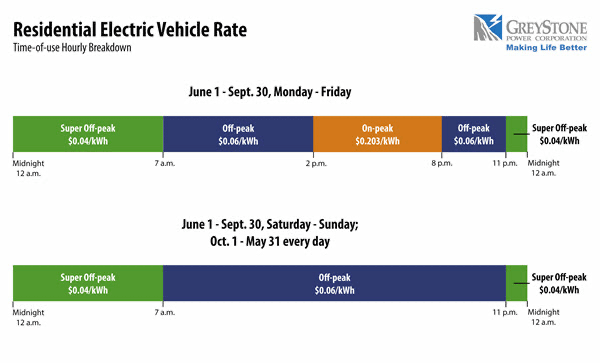
Time Of Use is another factor. I also just switched to my power company’s Electric Vehicle Time of Use Rate and the Enphase app can be set up to take advantage of this.
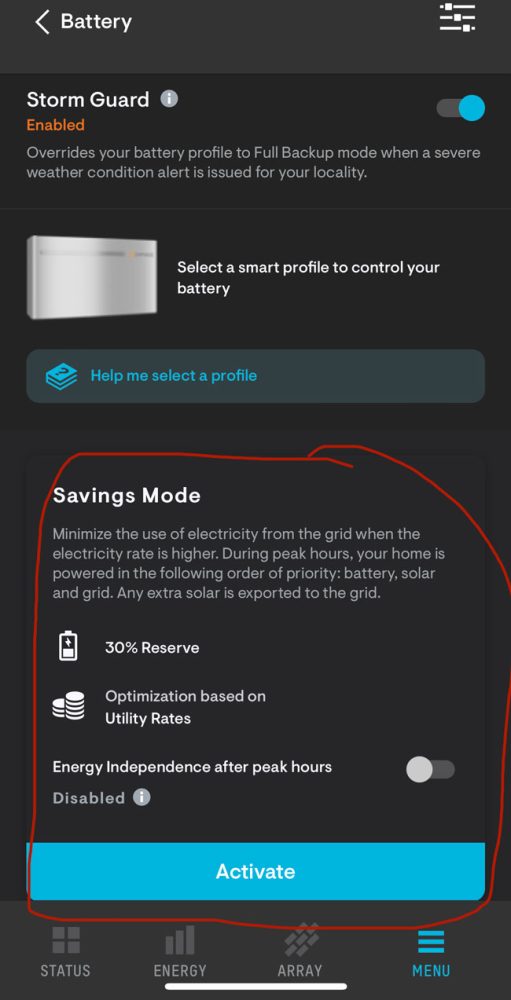
Instead of just charging up during the day and running on battery when the sun goes away, the batteries charge up and start powering the home during the TOU On-Peak ($0.203 per kWh) hours (2 PM – 8 PM Monday through Friday) which is when the electricity is the most expensive. Off-Peak ($0.060 per kWh) is from 7 AM to 2 PM and 8 PM to 11 PM. Super Off-Peak ($0.040 per kWh) is from 11 PM to 7 AM where the rates are the cheapest and the best time to run all your big appliances (dishwasher, washing machine, electric dryer, etc.) as well as any electric vehicle charging.
How much does it cost and how long is the payback/break even? Using a typical 6.2 kW solar system estimated at $18K before the Federal Tax Credit and battery storage at $10K before tax credits, it would look something like this;
Example: Calculating your payback period with and without battery storage
Payback period = Total cost of your solar system/yearly savings
U.S. Average energy usage in 2020: 893 kWh per month
U.S. Average utility cost of electricity: $0.13 per kWh
Monthly savings: 893 kWh * $0.13 = $116.09
Yearly savings: $116 * 12 months = $1,392
Payback period with solar battery: $20,720/$1,368 = 15.15 years
Payback period without solar battery: $13,320/$1,368 = 9.7 years
The Bottom Line
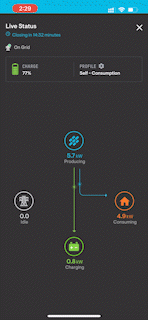
It’s too early yet to see what impact the batteries have on my electric bill. My goal is to get it down to almost nothing, It’s probably not possible (without adding more panels and more storage) for me to eliminate it completely and be 100% off-grid since we work from home and are here all day, but I can already see day to day that the batteries are powering the house at times I would be pulling from the grid. I can’t wait till my TOU billing kicks in as well. Also, keep in mind that there is still a 26% Federal Tax credit for U.S. residents that can offset a significant amount of the system cost.
If you are interested in getting solar and storage you can’t go wrong with Better Tomorrow Solar and Creative Solar. They are both here in Georgia. If you’re not in Georgia get at least three quotes.


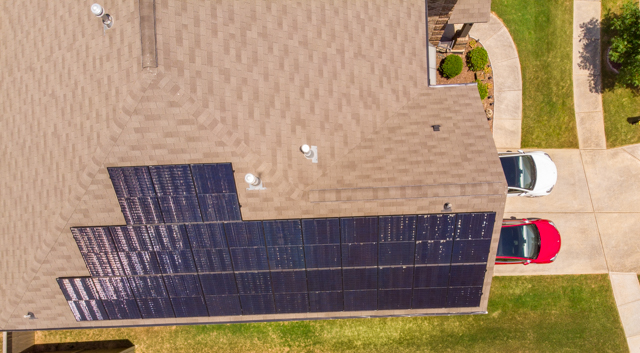
3 Replies to “Solar + Battery Storage = Power Grid Independence”
Comments are closed.